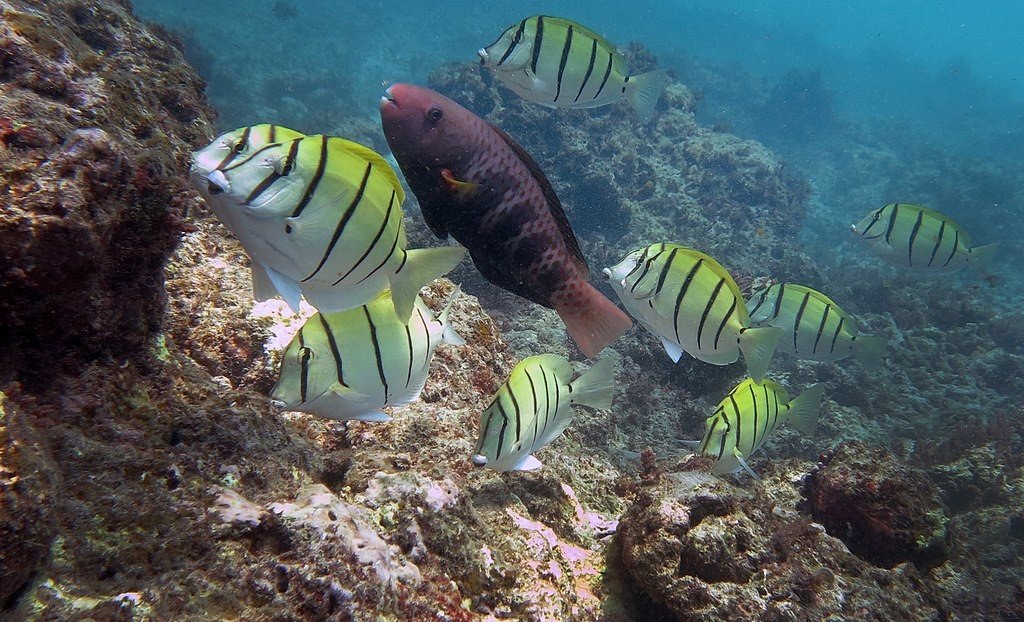A new meteorological centre was opened in Nagaland’s capital Kohima on the occasion of the 17th foundation day of the Ministry of Earth Sciences on Thursday by MoES Union Minister Kiren Rijiju. Along with Kohima, meteorological centres were also inaugurated in Imphal in Manipur, Aizawl in Mizoram, and Port Blair in Andaman and Nicobar at the event held at Prithvi Bhavan in New Delhi.
Download Nagaland Tribune app on Google Play

The Ministry informed that a meteorological centre is a specialised division for observing and disseminating information, advisories, and warnings about regional weather. It added that the new centres will make weather-related services better and more useful in these regions.
With these four new additions, India now has 26 meteorological centres.
Union Minister Rijiju lauded the efforts made by the ministry and called for substantial contribution by all to fulfil the vision of Prime Minister Narendra Modi’s vision to make India a developed nation by 2047.

Apart from the meteorological centres, various other citizen-centric initiatives were launched during foundation day celebrations including:
- A new website for disseminating information was released, including alerts for block-level weather forecasts and advisories to benefit our agricultural community, including farmers, fisherfolk, and livestock rearers. The website will be accessible at https://www.greenalerts.in/ .
- A Rainfall Atlas of India from 1971 to 2020 was released. It is based on the rainfall data of 4389 rain-gauges stations spread across India with 110 maps of various rainfall variables. The atlas prepared by Indian Meteorological Department (IMD) would be a valuable resource for various user agencies, researchers, students and operational meteorologists.
- A documentary on ‘Cyclone Warning and Management in India: An End to End System’ was released. The movie walks the audience through the case studies of the management of cyclones Tauktae (in 2021) and Mocha (in 2023).
- A new mobile application named SAMUDRA (Smart Access to Marine Users for Data Resources and ocean Advisories) to provide comprehensive information on all ocean-related services of the Indian National Centre for Ocean Information Services (INCOIS).
- A new web portal called IndOBIS (https://indobis.in/) featuring the biodiversity of our Indian Ocean EEZ (Exclusive Economic Zone) was made open to the public.
- A detailed scientific catalogue entitled ‘Systematic account of Indian deep-water Brachyuran crabs collected during the expeditions of FORV Sagar Sampada’ was released. It provides in-depth information on deep-sea crab diversity in the Indian EEZ (Exclusive Economic Zone) with pictures and maps of sampling locations.

- A detailed report of the CAIPEEX IV (Cloud Aerosol Interaction and Precipitation Enhancement Experiment) by the Indian Institute of Tropical Meteorology (IITM), Pune was released. The report elaborates results and recommendations of a scientific experiment strategy called cloud seeding used for enhancing rainfall and managing drought.
- A video film on the MoES was released to enhance public awareness about the history, mandate, activities, and achievements of MoES and its institutes in the last 75 years.
- An Infographics book entitled ‘75 Years of Earth Sciences in India’ was released to highlight the success story of the growth and achievements of the MoES through smart still visuals and crisp text description.
- The first-ever annual report of the National Centre for Medium-Range Weather Forecasting (NCMRWF), Noida, a subordinate office of the MoES. The website address is https://www.ncmrwf.gov.in/ .
- A video explaining the 330m Delhi Model, developed by NCMRWF, Noida, in collaboration with international counterparts such as the UK Met Office.
- A Compendium of Monthly Seismological Bulletins for 2021, 2022, prepared by the National Centre for Seismology (NCS), an attached office of MoES. The Compendium contains details of nearly 3500 well-recorded local and regional earthquakes by India’s National Seismological Network.
The Ministry of Earth Sciences is authorised to provide services for weather and climate, ocean and coastal state, hydrology, seismology, and natural hazards; to explore and harness marine living and non-living resources in a sustainable manner for the country; to explore the three poles of the Earth (Arctic, Antarctic and Himalayas); and explore and harness resources of the deep oceans.
The MoES officially came into being in 2008 by re-organising the then Ministry of Ocean Development, formerly known as the Department of Ocean Development (set up in 1981).

